Wildlife
UDWR’s waterfowl hunting season preview shows duck population decline and avian flu cautions
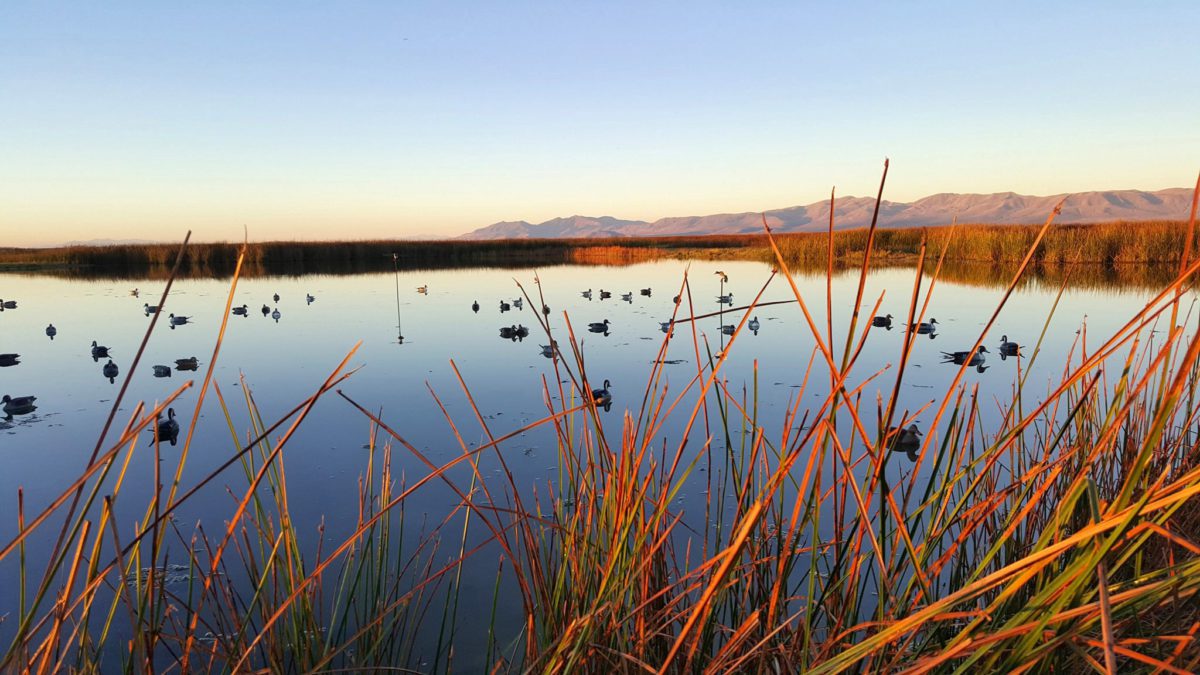
Hunters waiting for birds to fly over with their decoys in the water Photo: courtesy of Utah Division of Wildlife Resources
UTAH — For many across Utah, the cooler fall temperatures signal that the upcoming waterfowl hunting season is just around the corner. It’s time to get the decoys ready and to stock up on hunting gear and bug spray. With that in mind, the Utah Division of Wildlife Resources (UDWR) announced a few reminders and a season preview for the upcoming 2022 – 2023 waterfowl season in Utah.
Utah Division of Wildlife Resources would like to remind hunters that to hunt waterfowl anywhere in the state, hunters must have a Harvest Information Program (HIP) number and a federal duck stamp if the hunter is over the age of 15. A free HIP number can be acquired on the UDWR website, while a duck stamp can be purchased at a local post office or by phone at 1-800-782-6724.
Duck season is set to open on October 1 for Utah’s northern zone, while the southern zone will open on October 15. As bag limits for ducks might differ from previous years, DWR recommends that hunters check the Utah Waterfowl guidebook for regulations in the two zones. Duck populations are mostly stable in Utah, but numbers have decreased across North America.
“Many of the core breeding areas for most duck species were dry last year due to drought conditions, so there was very low production last year,” DWR Assistant Wildlife Program Chief Blair Stringham said. “There should be more young birds migrating through Utah this fall, but hunters should expect to see fewer ducks overall, compared to the last 10 years.”
The 2022 geese season for dark and white-fronted geese is scheduled to open on October 1 for Northern Utah, the Wasatch Front, and the Eastern Box Elder area, while the southern area opens on October 15. Light geese season opens on October 15 except for the southern part of the state, which opens on October 25.
“Hunters should see lots of geese early in the season,” Stringham said. “Migrating geese will begin showing up around mid-late November. Geese continue to increase in the Pacific Flyway — which includes Utah — and hunting should be good this year. Snow geese numbers have also continued to increase in the Pacific Flyway.”
As of August 30, this year alone has seen 44 birds and two red foxes testing positive for avian influenza in nine counties across Utah. UDWR is advising hunters to not harvest, handle or eat any animal that appears sick, to field dress game in a well-ventilated area, to avoid contact with intestines, and to use rubber gloves while handling and cleaning the game. Dogs are also susceptible to the virus but don’t always show signs; although not common, it is best to avoid using retrievers while hunting in areas where UDWR has identified an avian flu virus to be present. An updated list can be found on the Wildlife Avian Influenza Dashboard.
Stringham continued, saying:
“We have seen several cases of avian flu in Canada geese during the late summer. We haven’t seen any large die-offs, so it hasn’t had a significant impact on local populations so far. Hunters should take precautions while out in the field this fall, and if anyone finds a group of five or more dead waterfowl, they should report it to the nearest DWR office and absolutely make sure not to touch the birds or pick them up.”
More information about licenses, regulations, bird identification, waterfowl slam, and other information can be found on the UDWR website.

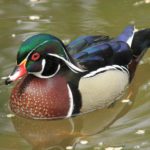
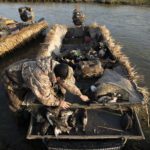
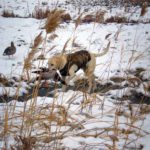
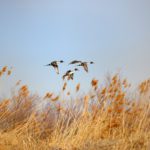










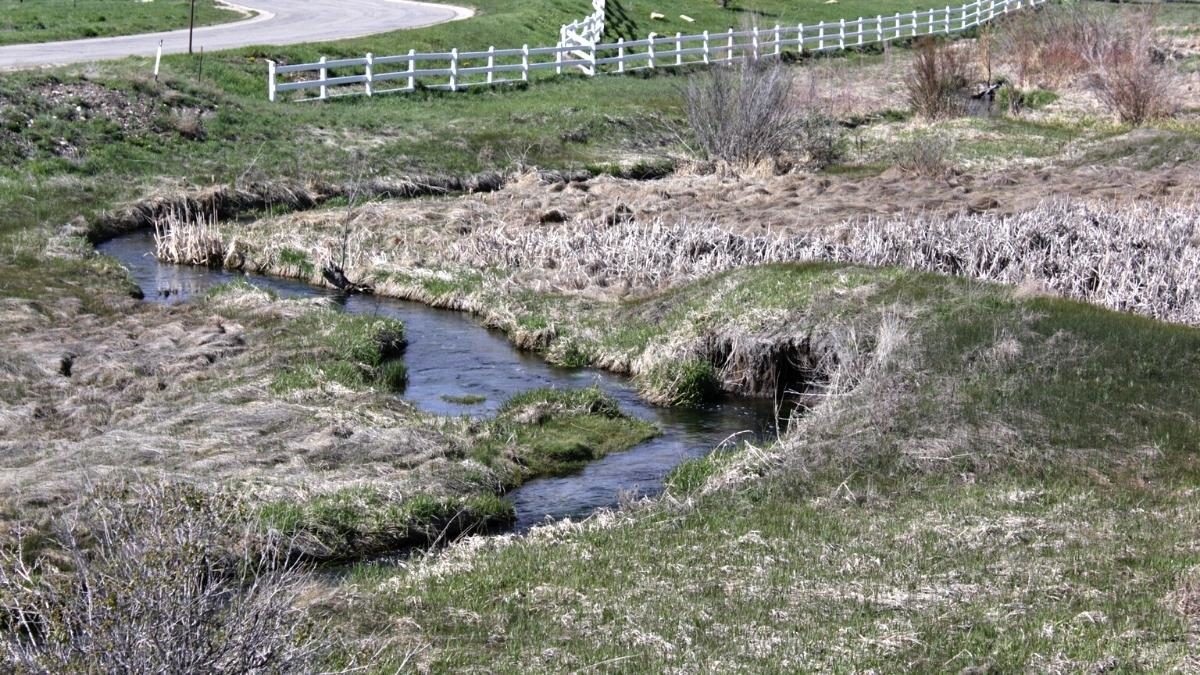


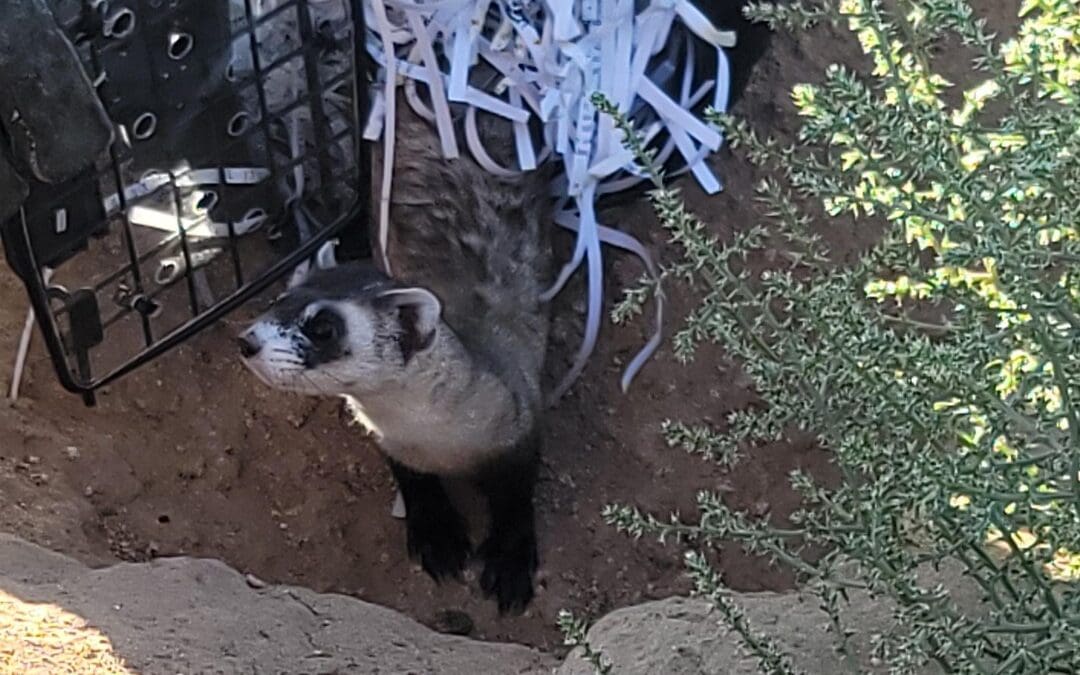
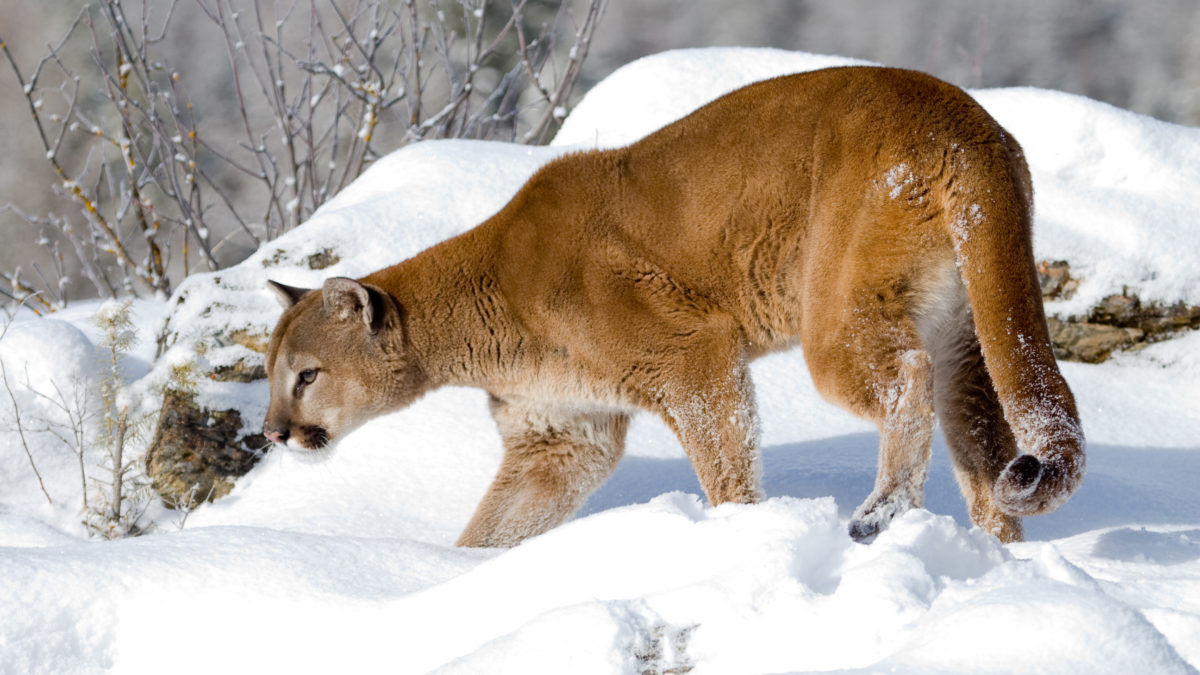
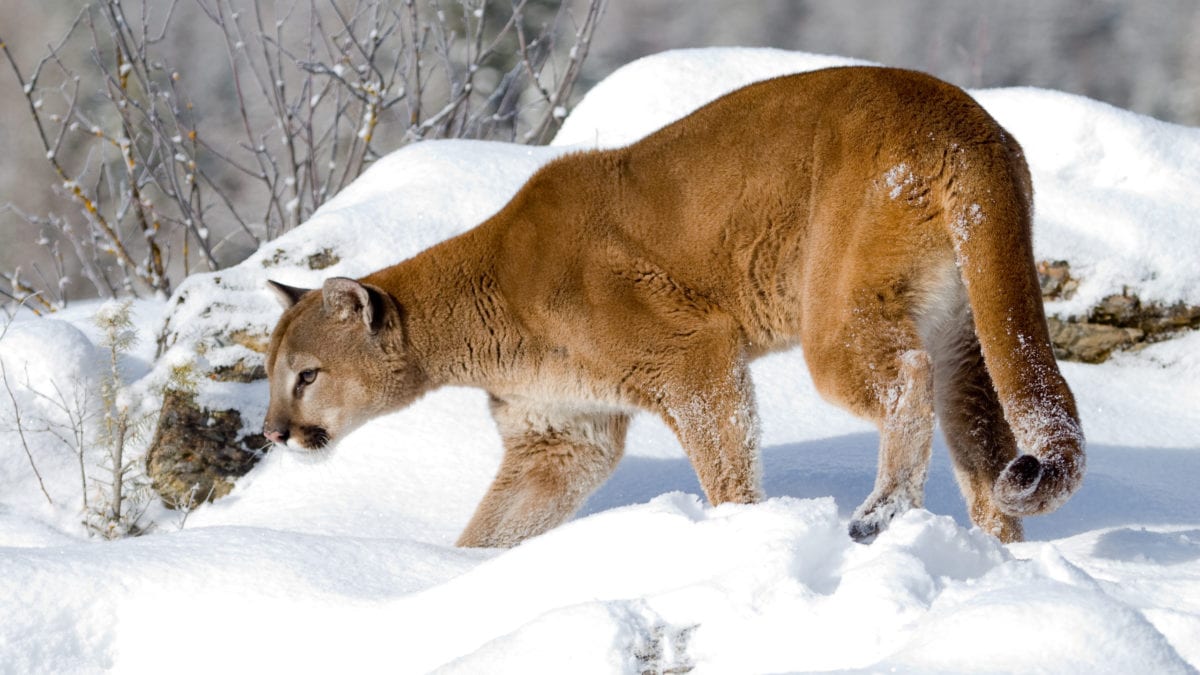
You must be logged in to post a comment.